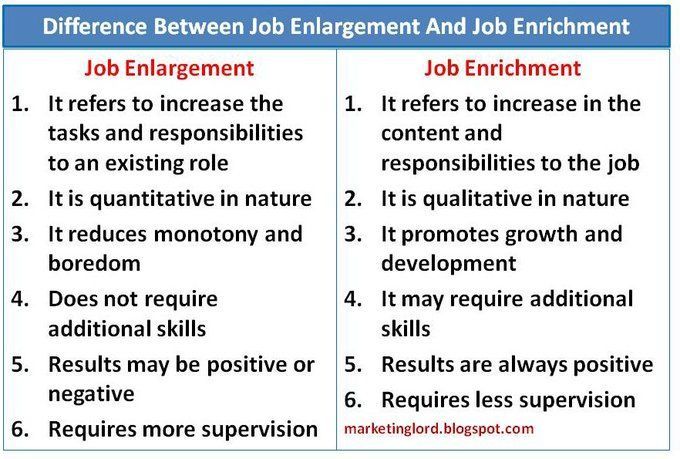How to build a culture of learning at your organisation?
Building a culture of learning within your organisation is more than just a trend; it's a strategic imperative in today's dynamic business landscape. It has been found through LinkedIn's research that employees who dedicate time to learning are less likely to experience stress by 47%. They are also 23% more equipped to handle significant responsibilities and are 39% more prone to feeling productive and successful. This highlights that fostering a culture of learning is no longer a luxury, but an essential component for businesses. While businesses are gradually acknowledging this and investing in learning, it is essential to understand the benefits of creating a culture of learning and how to enable it without imposing it upon employees.
Why is it important to have a culture of learning?
Having a culture of learning within an organisation is essential for various reasons.
- Adaptability: Learning enables organisations to adapt quickly to new technologies, market trends, and consumer behaviours. By continuously upskilling employees, organisations can respond effectively to changes, staying ahead of the curve.
- Innovation: A learning culture fosters creativity and innovation. When employees are encouraged to explore new ideas and approaches, it cultivates an environment where innovation thrives. This leads to the development of innovative solutions to challenges, driving business growth.
- Employee Engagement and Satisfaction: Investing in employee development and growth leads to higher levels of engagement and job satisfaction. Employees feel valued when organisations prioritise their development, leading to increased loyalty and retention.
- Leadership Development: Providing opportunities for employees to develop leadership skills and take on new responsibilities helps build a pipeline of talent for future leadership roles. This ensures continuity and sustainability within the organisation.
- Competitive Advantage: Companies with a strong learning culture are better positioned to maintain a competitive advantage. By continuously investing in employee development, organisations can stay ahead of competitors and drive innovation in their respective industries.
How to facilitate a passion for learning at your organisation?
Here are six strategies to foster a culture of continuous learning:
1. Embrace self-managed learning:
Encourage employees to take ownership of their learning journey by shifting from a managed-learning approach to self-directed learning. This shift fosters a continuous learning cycle, igniting an active interest in their personal growth and development, rather than feeling like training is pushed onto them. It's important to emphasise the "why" behind learning initiatives and provide platforms for self-paced courses and training to support their autonomy and engagement.
2. Empower employees to take initiative:
Provide access to diverse learning resources and recognize and reward proactive learning behaviours. Foster a supportive environment where knowledge sharing is encouraged and allow employees to design their own learning initiatives individually or as a community.
3. Involve management:
Our survey indicates that incorporating the support of line managers and senior executives can bolster the learning culture and align learning with the corporate vision. It was found that companies tend to excel when line managers actively encourage learning, and senior executives are involved in internal communications. It is advisable to urge senior leaders to emphasise the significance of learning and establish connections with employees to gain a better understanding of their needs.
4. Recognise learning achievements:
Implement recognition programs using badges or gamification to acknowledge individual achievements. Ensure that recognition encourages skill development and genuine enthusiasm for learning.
5. Build ecosystems for collaboration:
Establish internal learning networks to facilitate collaboration and knowledge sharing among employees. Encourage employees to connect with others who share similar interests, passion, and expertise, reducing the need for external mentors or coaches.
6. Set a multi-pronged approach:
Offering employees diverse avenues to explore their interests is crucial for fostering continuous learning. Provide opportunities for personal growth beyond job-related skills to fulfil individual aspirations. Incorporate dynamic elements like case studies, real-life scenarios, and cutting-edge technology to elevate learning experiences along with cross-functional collaboration, work-life balance, and participation in corporate social responsibility initiatives. These elements collectively contribute to a holistic approach to learning and development within the organisation.
Ignite the passion for learning in your organisation
Nurturing a culture of learning is not only vital for continuous employee development but also for sustaining business growth over time. One effective way to begin is by conducting an Employee Experience Survey, which can help you grasp your employees' career aspirations, personal growth objectives, and current motivations.
Armed with these insights, create an environment conducive to growth and development to help employees progress. Prioritise a holistic learning approach that allows employees to explore their preferred learning methods, while also breaking down barriers and fostering supportive networks with mentors, coaches, and senior leaders.
To build a passion for learning, it's crucial to empower employees to take ownership of their learning journey, involve management in supporting the learning culture, recognise and celebrate learning achievements, and create collaborative ecosystems for knowledge sharing. By accentuating learning and development, businesses can foster a thriving environment where employees are motivated to innovate, grow, and succeed collectively, ensuring resilience and longevity in today's dynamic marketplace.
If you need help turning your learning vision into reality, get in touch with our TalenTeam experts.
Source: https://talenteam.com/blog/how-to-build-a-culture-of-learning-at-your-organisation/


People That Care Australia does not receive any funding to operate its business. All profits are used to improve the service we offer to Jobseekers.
USEFUL LINKS
FOLLOW US
STAY INFORMED
You need a helping hand with your project?
We will get back to you as soon as possible
Please try again later
CONTACT US
Contact Us
We will get back to you as soon as possible.
Please try again later.
All Rights Reserved | People That Care Australia
Made with 💛 by Shazamme
